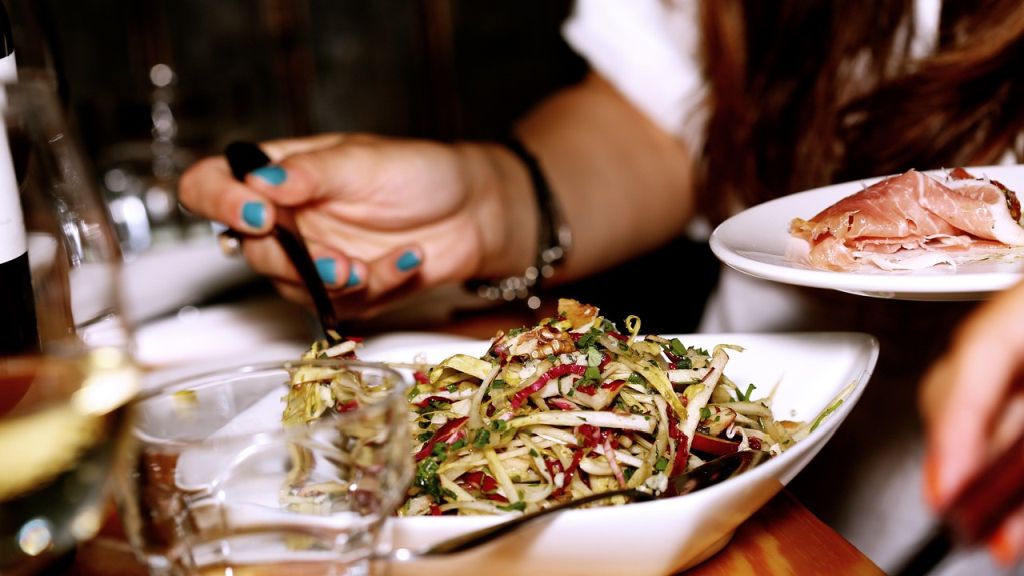In a world saturated with diet trends, calorie counting, and food restrictions, intuitive eating offers a refreshing and liberating approach to nutrition. This concept encourages individuals to reconnect with their body’s natural hunger and fullness signals, rather than relying on external diet rules. Intuitive eating is not a diet but a philosophy that promotes a healthy relationship with food, mind, and body. This article explores what intuitive eating is, its principles, benefits, and how you can start practicing it.
Understanding Intuitive Eating
Intuitive eating was developed by dietitians Evelyn Tribole and Elyse Resch in the 1990s. It is a framework that integrates instinct, emotion, and rational thought to foster a balanced approach to eating. The core idea is to eat when you are hungry and stop when you are full, trusting your body’s cues rather than adhering to rigid dietary rules.
The principles of intuitive eating emphasize self-care and body respect. They encourage individuals to let go of the diet mentality, which often leads to feelings of failure and guilt, and instead focus on nurturing their body with a variety of foods. By paying attention to internal signals, individuals can make food choices that satisfy both their nutritional needs and their taste preferences, leading to a more enjoyable and sustainable way of eating.
The Principles of Intuitive Eating
Intuitive eating is built on ten core principles designed to guide individuals towards a healthier relationship with food. Here are some of the key principles:
- Reject the Diet Mentality: This principle involves letting go of the pursuit of weight loss and the belief that a specific diet will provide the ultimate solution. It encourages individuals to reject diet culture and its harmful messages.
- Honor Your Hunger: Listening to your body’s hunger signals is crucial. This principle emphasizes eating when you are hungry and choosing foods that will satisfy you, preventing excessive hunger that can lead to overeating.
- Make Peace with Food: Give yourself unconditional permission to eat. When food is no longer labeled as “good” or “bad,” you can reduce feelings of deprivation and guilt.
- Challenge the Food Police: The “food police” are the critical thoughts that monitor your eating habits. Challenging these thoughts helps to diminish their power and promote a more compassionate approach to eating.
- Respect Your Fullness: Pay attention to your body’s signals of fullness and stop eating when you feel comfortably satisfied. This principle encourages mindfulness during meals, allowing you to enjoy your food without overeating.
- Discover the Satisfaction Factor: Eating should be a pleasurable experience. By choosing foods that you truly enjoy and savoring the eating experience, you can find greater satisfaction and contentment with your meals.

Benefits of Intuitive Eating
Practicing intuitive eating offers numerous physical, mental, and emotional benefits. Here are some of the most significant advantages:
- Improved Relationship with Food: Intuitive eating helps break the cycle of dieting and food obsession. By making peace with food, individuals can enjoy a more relaxed and positive relationship with eating.
- Better Physical Health: Listening to hunger and fullness cues can lead to better portion control and a balanced intake of nutrients. This can result in improved digestion, energy levels, and overall health.
- Enhanced Mental Health: Letting go of diet rules and embracing intuitive eating can reduce stress and anxiety related to food choices. It fosters a more compassionate and forgiving mindset, which can boost self-esteem and body image.
- Sustainable Eating Habits: Unlike diets that often have a short lifespan, intuitive eating promotes long-term, sustainable eating habits. It encourages a flexible and adaptable approach to nutrition that can be maintained throughout life.
How to Start Practicing Intuitive Eating
Embarking on the journey of intuitive eating can be both exciting and challenging. Here are some steps to help you get started:
- Educate Yourself: Read books and resources on intuitive eating to understand its principles and benefits. “Intuitive Eating” by Evelyn Tribole and Elyse Resch is a great place to start.
- Listen to Your Body: Begin tuning into your hunger and fullness signals. Keep a journal to note when you feel hungry, what you eat, and how you feel afterward. This can help you become more aware of your body’s cues.
- Challenge Diet Culture: Recognize and challenge the diet mentality and the influence of diet culture in your life. Surround yourself with positive, supportive messages about food and body image.
- Practice Mindful Eating: Slow down during meals and focus on the sensory experience of eating. Pay attention to the taste, texture, and satisfaction of your food. This can help you enjoy your meals more and recognize when you are full.
Conclusion
Intuitive eating offers a transformative approach to nutrition that emphasizes trust in your body, self-compassion, and the joy of eating. By rejecting diet culture and embracing a more mindful, flexible approach to food, you can foster a healthier, more fulfilling relationship with eating and your body. Whether you are tired of the endless cycle of dieting or seeking a more balanced way to nourish yourself, intuitive eating provides a sustainable and empowering path to wellness.




